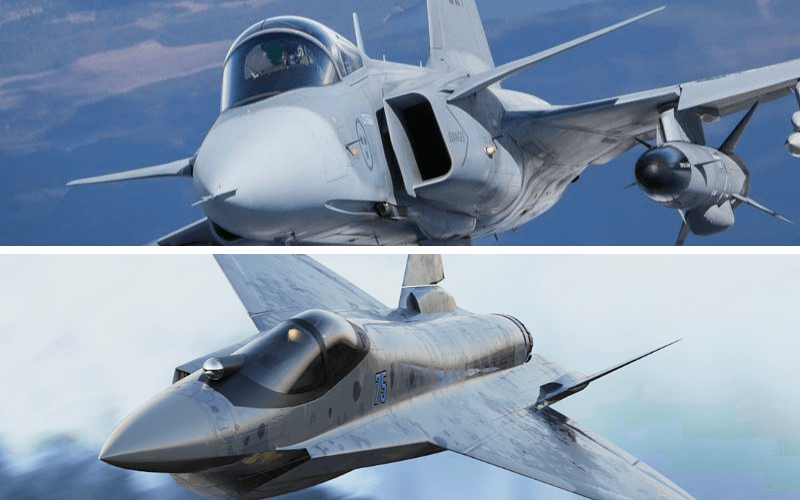The tender for 114 Multi-Role Combat Aircraft (MRFA) or MMRCA.20 is a program that Delhi attaches great importance to. In 2018, the Government of India issued an RFI for the procurement of 114 fighter jets under MRFA.
The new fighters are set to replace the Indian Air Force’s aging MiG21, Mirage 2000 and Jaguars, Gripen JAS39 E/F, Russian MiG35 and SU35 and Eurofighter Typhoon. To understand the MRFA race and the possible winner. Choosing the right aircraft Air Marshal Anil Chopra (ret.), author and military analyst, said: “We need more modern aircraft because the Chinese will switch from the MiG 19 to the fifth generation J20 fighter and they will buy these aircraft by the hundreds. So we also need numbers.
We certainly need 4.5 to 5th generation planes so MRFA is required.”Whosoever we contract with should be able to get us critical technologies that will support our 5th generation aircraft the Advanced Medium Combat Aircraft (AMCA).
This requirement is beyond the simple technical consideration of how good or bad the aircraft is. Since it relates to national capability building, the one we select should be willing to give us the technology to support the engine and the other aspects of the AMCA.
Rafale In The Lead? Air Marshal Pranab Kumar Barbora (Retd), former Vice Chief of Air Staff, spoke about the Air Force having too many types of jets.”The IAF feels that it must not have too many types of eggs in its basket.
If we go for something new now, we might end up in a situation where we have various types of aircraft in our inventory. The IAF may try to convince the government to perhaps get more Rafales since we already have 36 of those.
This could be a problem that could give if we continue now and choose any aircraft we want.“After all, there are always political and economic factors involved in large arms purchases, and here too Rafale has well-known advantages. Rafale, therefore, has three very important advantages,” added Shukla. Vice Admiral Shekhar Sinha (retd), former Chief of the Integrated Defense Staff and Commander-in-Chief of Western Naval Command and a member of the Eurasian Times editorial board, appears to have supported this view. on the way.
Navy test pilots must burn the midnight oil to draw maps to explore the uncharted frontiers. They should be ready for Super Hornet testing sometime in March. Not to be outdone, Boeing is even considering going ahead with its demo. said Sinha.
In the end, I think the ease of installation on the truss stage and the economies of scale might influence the decision. For the government, the cost is important, while for the manufacturer, economies of scale are important. From the buyer’s point of view, it is advisable to choose an IAF and an IN aircraft from the same stable in order to keep costs, logistics, and life cycle costs within a manageable budget.
That is one in hand is better than two in the bush,” he added. Amit Gupta, Associate Professor at Air University, Maxwell AFB, Alabama, USA, also endorsed the French jet, saying “India should go with the Rafale.
It will lead to economies of scale, make logistics and maintenance easier, and give the country more aircraft that can be used as nuclear delivery systems. Drawing upon the fact that most of the aircraft participating in MRFA a
